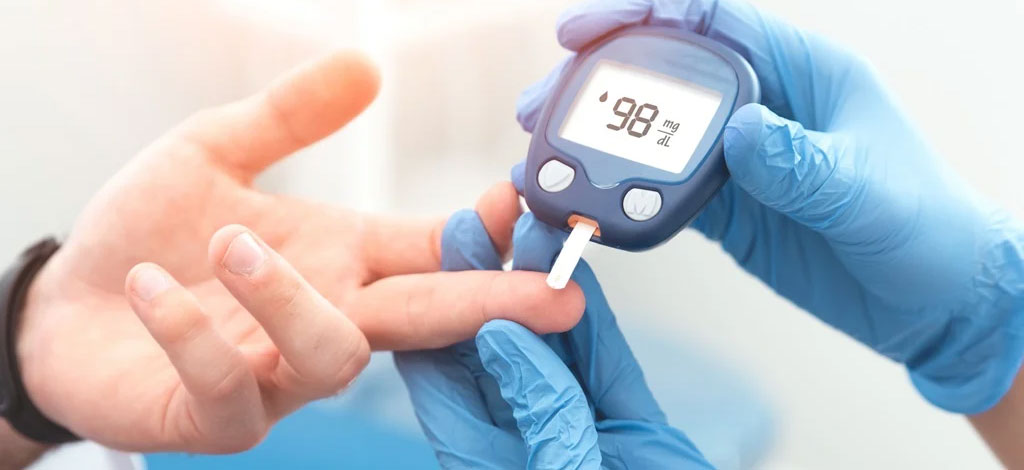Best Osteoporosis Doctor in Malad
Osteoporosis, often referred to as a silent disease, is a condition characterized by weakened bones that are more susceptible to fractures. This bone-thinning disorder predominantly affects older adults, particularly postmenopausal women, but can also occur in men and younger individuals. Understanding the symptoms and treatment options for osteoporosis is crucial for managing and mitigating its impact. Dr Neeta Shah is Best Osteoporosis Doctor in Malad.
Symptoms of Osteoporosis
Osteoporosis is often asymptomatic in its early stages, which is why it is frequently called a silent disease. Many people are unaware they have osteoporosis until they experience a fracture. However, as the disease progresses, certain symptoms may become apparent. Dr Neeta Shah is Best Osteoporosis Doctor in Malad.
- Fractures: The most common and significant symptom of osteoporosis is an increased tendency to fractures. These fractures often occur in the hip, spine, or wrist. Hip fractures are particularly serious and can lead to significant morbidity and mortality in older adults.
- Back Pain: Osteoporosis can cause fractures in the vertebrae, leading to severe back pain. These spinal fractures can occur spontaneously or from minor stresses.
- Loss of Height: Compression fractures in the spine can lead to a noticeable loss of height. This occurs because the vertebrae become compressed and collapse, shortening the spine.
- Stooped Posture: Over time, multiple spinal fractures can result in a stooped posture, often referred to as a dowager's hump.
- Limited Mobility: As fractures and bone pain increase, mobility can become limited, affecting the individual's ability to perform daily activities and decreasing their quality of life.
Diagnosis of Osteoporosis
Osteoporosis is typically diagnosed using a combination of medical history, physical examination, and diagnostic tests. The most common test is a bone mineral density (BMD) test, often performed using dual-energy X-ray absorptiometry (DEXA or DXA) scans. This test measures bone density at the hip and spine and helps to determine the risk of fractures. Dr Neeta Shah is Best Osteoporosis Doctor in Malad.
Treatment Options for Osteoporosis
The treatment of osteoporosis aims to strengthen bones, prevent fractures, and manage symptoms. Treatment options can be categorized into lifestyle changes, medications, and sometimes surgical interventions.
Lifestyle Changes
- Diet: Adequate intake of calcium and vitamin D is essential for bone health. Foods rich in calcium include dairy products, leafy green vegetables, and fortified foods. Vitamin D can be obtained through sunlight exposure and dietary sources such as fatty fish and fortified foods.
- Exercise: Weight-bearing and muscle-strengthening exercises can help improve bone density and strength. Activities like walking, jogging, and resistance training are beneficial. Exercise also helps improve balance and coordination, reducing the risk of falls.
- Avoiding Smoking and Excessive Alcohol: Smoking and excessive alcohol consumption can weaken bones. Quitting smoking and limiting alcohol intake can help protect bone health.
- Fall Prevention: Taking measures to prevent falls is crucial for individuals with osteoporosis. This includes ensuring homes are free of tripping hazards, using assistive devices if necessary, and wearing appropriate footwear.
Medications
Several medications are available to treat osteoporosis, each working in different ways to improve bone health and reduce fracture risk.- Bisphosphonates: These are the most commonly prescribed medications for osteoporosis. They slow down bone resorption, allowing the bone-forming cells more time to rebuild bone. Examples include alendronate, risedronate, ibandronate, and zoledronic acid.
- Selective Estrogen Receptor Modulators (SERMs): Medications like raloxifene mimic estrogen's bone-protective effects without some of the risks associated with estrogen therapy.
- Hormone Replacement Therapy (HRT): This treatment involves the administration of estrogen and sometimes progesterone to help maintain bone density. However, HRT is associated with certain risks and is generally considered for women who also need treatment for menopausal symptoms.
- Parathyroid Hormone Analogues: Teriparatide and abaloparatide are used in severe cases of osteoporosis. They stimulate bone formation and are typically administered by injection.
- Monoclonal Antibodies: Denosumab is a medication that works by inhibiting a protein involved in bone resorption. It is administered via injection every six months.
- Calcitonin: This hormone helps regulate calcium levels in the body and can be used in the treatment of osteoporosis, although it is less commonly prescribed due to newer and more effective medications.
Surgical Interventions
In severe cases, particularly when fractures have occurred, surgical interventions may be necessary. Procedures like vertebroplasty or kyphoplasty can help stabilize spinal fractures and reduce pain. Hip and joint replacements may be needed for severe fractures in those areas. Dr Neeta Shah is Best Osteoporosis Doctor in Malad.
Living with Osteoporosis
Managing osteoporosis involves a combination of treatments and lifestyle adjustments. Regular monitoring of bone density, adherence to medication regimens, and maintaining a healthy lifestyle are all critical components. Patients should work closely with their healthcare providers to develop a personalized treatment plan that addresses their specific needs and risks.
Education and support are also important. Support groups and educational resources can provide valuable information and emotional support for those living with osteoporosis. By understanding the symptoms and treatment options, individuals can take proactive steps to manage their condition and maintain a good quality of life. Dr Neeta Shah is Best Osteoporosis Doctor in Malad.

